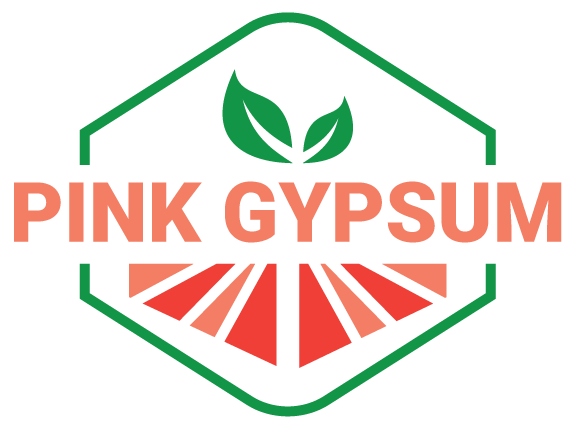Active since 1904, the mine is one of the oldest and most respected gypsum mines in the country.
Sitting at over 3,000 acres, the mine serves three major market segments: wallboard, cement and agriculture.
With over 25 million tons of proven and probable reserves, Blue Diamond Hill Gypsum is the largest gypsum mine in the state of Nevada.
With established processing plant in place, the mine is a leader in gypsum mining and production in Southern California, Arizona and Nevada, as well as the expanding markets of Oregon and Washington.
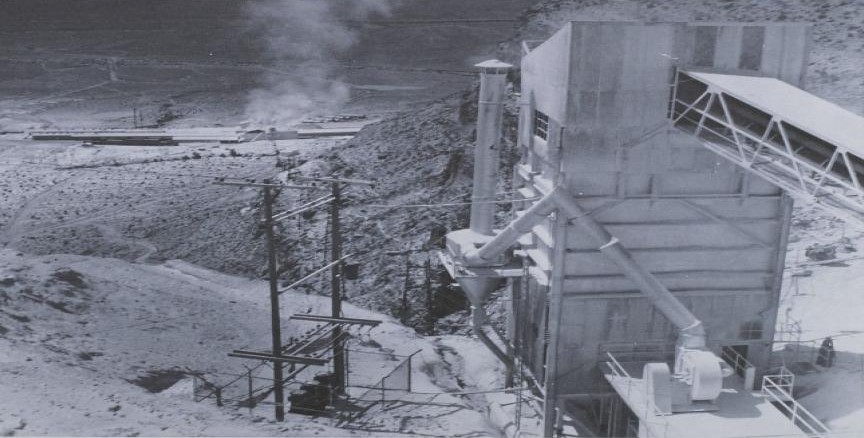
In 1924, the Blue Diamond company of Los Angeles purchased a 1,000-acre site for $75,000, and began mining its large deposit of gypsum.
The site posed various obstacles for the development of a mining operation, including cost. There were no roads leading to the area, and there was no railroad connection leading to the Union Pacific line in nearby Arden, Nevada. A railroad spur line was built to connect the mine to Arden, located about 11 miles southeast.
Quarry equipment and the construction of employee housing put the total project cost at more than $1 million. The mine opened in 1925. The initial production capacity was approximately 200 tons per day, a figure that was gradually increased with equipment improvements. Open-pit and underground mining took place at the site.
In 1941, Blue Diamond added a processing plant on-site for the gypsum, which had previously been processed in Los Angeles. Gypsum was mined at the top of Blue Diamond Hill and was transported by tram to the area below, where it was processed. The Blue Diamond Corporation subsequently built a company town in 1942, named Blue Diamond, Nevada.
The mine, plant, and mill were expanded over the next decade. As of 1954, it had 325 employees.
Gypsum is extracted from the upper portion of the Permian Kaibab Formation. The gypsum layer is on the westward slope of Blue Diamond Hill.
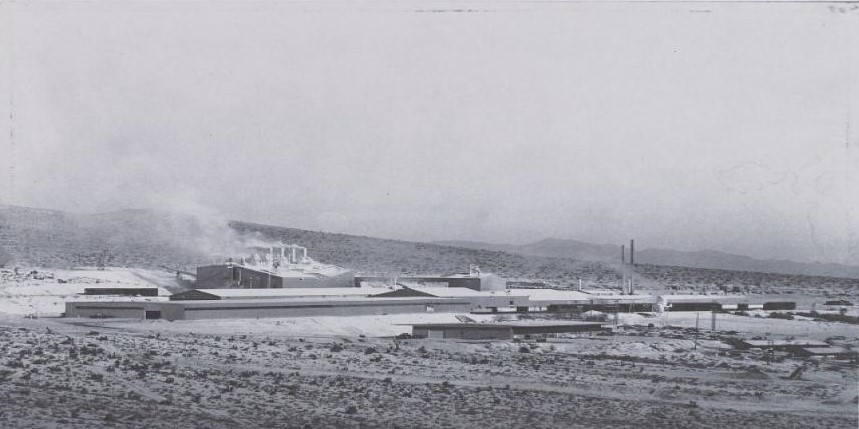
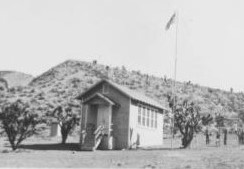
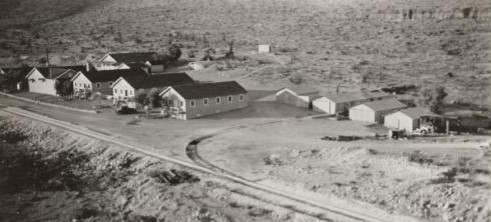
Blue Diamond is located 26 miles southwest of Las Vegas. The village, originally known as Cottonwood Springs, changed its name when the Blue Diamond Company took ownership of the Gypsum mine and built corporate housing for the workers in the early ’20s.
Near the base of the Red Rock canyon, Blue Diamond Village was originally a stop on the Old Spanish Trail for traders from Santa Fe, N.M., to California between 1830 and 1848, according to the history committee’s findings.
The road for the The Blue Diamond School opened in 1929. The company built bunk housing and homes for the workers that it started selling to the public in 1965.
Sign up for news and updates from us!
